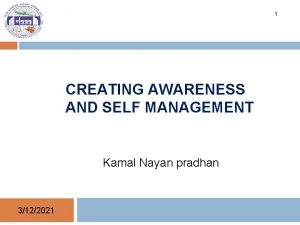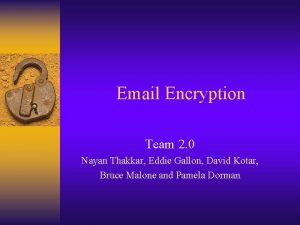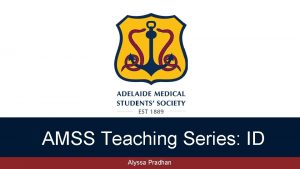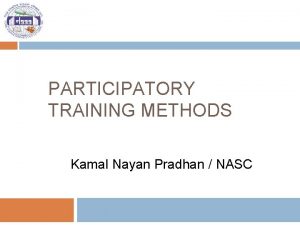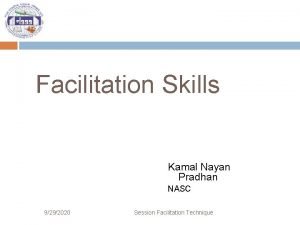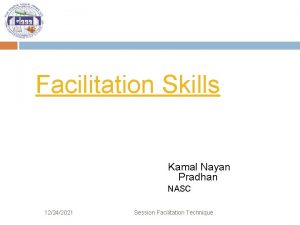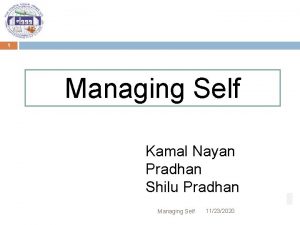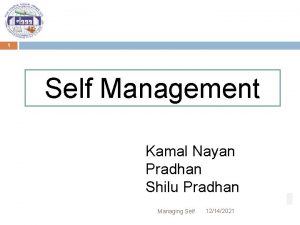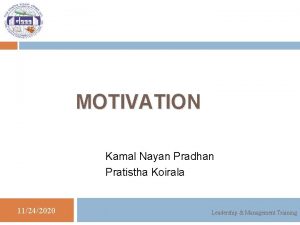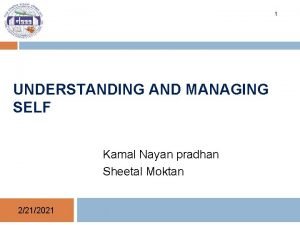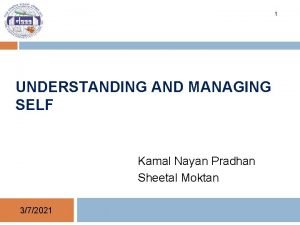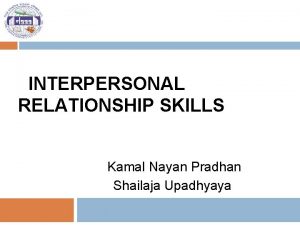PARTICIPATORY TRAINING METHODS Kamal Nayan Pradhan NASC Agenda














- Slides: 14

PARTICIPATORY TRAINING METHODS Kamal Nayan Pradhan / NASC

Agenda Participatory training- features and types Selection of training methods Interactive lecture method Case study method Critical incident method

Features of Participatory Method Learning not only imparts new knowledge but also generates awareness and build skills Learning is derived from the experiences of the participants Requires learning environment where learners and their experiences are valued

Features of participatory method Adaptation of the content based on the feedback of participants Increasing the inclusiveness of participants, by integrating the learning needs of different audiences participants are encouraged to use examples that are relevant to their own work

t i s i Gr Dis oup on cuss i V d el Participatory Training Methods Games se a C y d Stu Role Play Demo Fi Interactiv e Lecture

Selection of Training Methods Is the method suitable for the objective? How much time does it take? How much space does the learning session take? Is the method appropriate for the size of the group? What kind of teaching materials does it require and are those material

Lecture Method in Training What a good lecture can do? What lecture can not help participant do ?

Interactive Lecture Effective way to introduce new information and concept Used to build upon the learner’s existing base of knowledge Helps to stimulate and motivate learners for further enquiry

Significance of Interactive lecture Different from the formal lecture Active Participation Increased attention and motivation Two way communication Take responsibility for their own learning Role of the instructor is more likely that of a facilitator.

Advantages Allows the presentation of facts, information and concepts in a relatively short span of time A large number of learners can be accommodated at one time Learners do not feel threatened while listening passively

Disadvantages Does not promote interaction in most cases The input may be too abstract if not related to real life situations Knowledge is imparted rapidly No place of “learning by doing”

Lecture as communication Structuring Content Must Should Could

Lecture…. . Selecting Content Sequencing Simple to complex Practice to theory

Case Study Method
